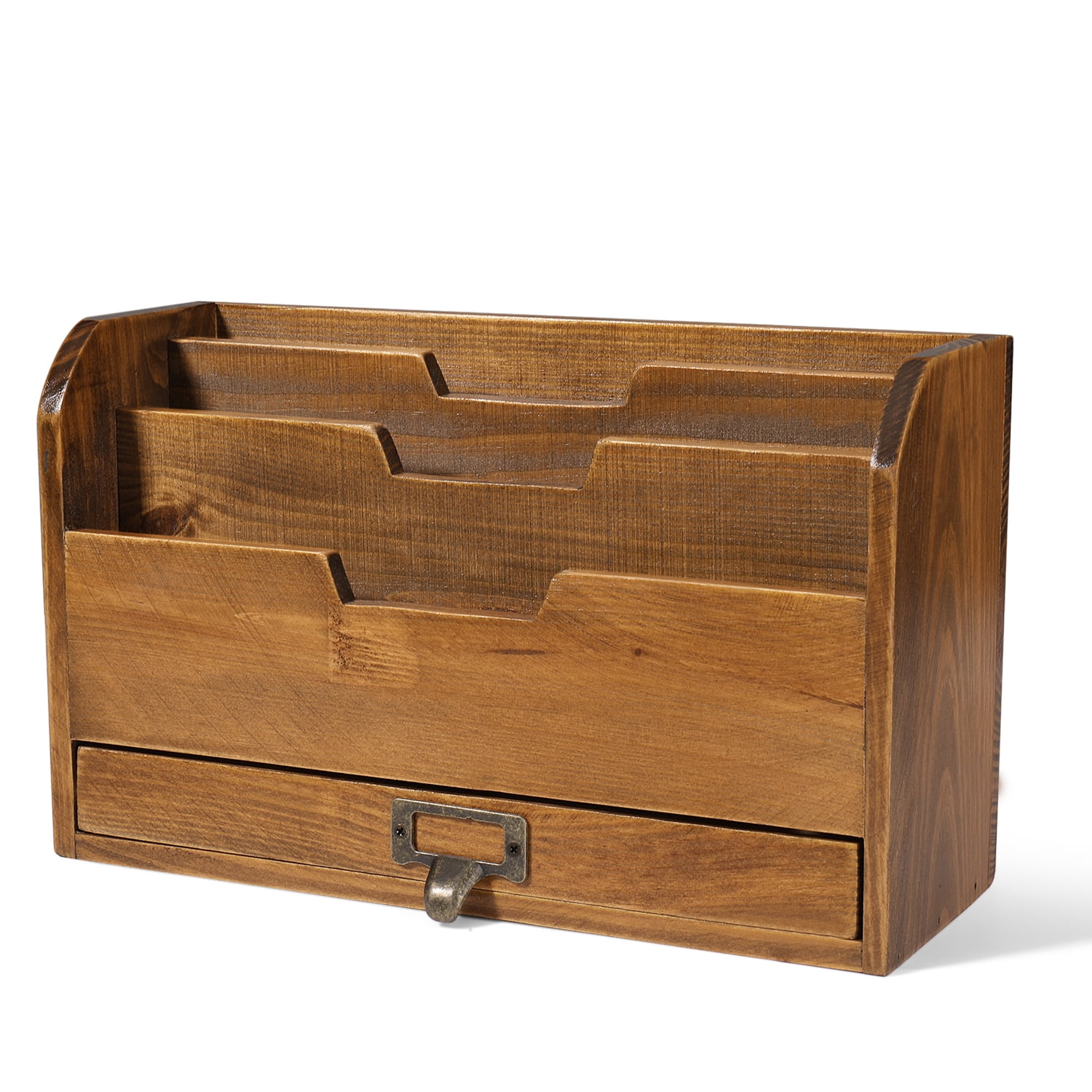

Higher-end NAS products have enough disks to support redundant arrays of independent disks, or RAID, which is a storage configuration that turns multiple hard disks into one logical unit to boost performance, high availability and redundancy. Instead, it uses an enterprise-class NAS to store the images and cloud caching to maintain connections to the images stored on premises. Take this example of how enterprises use the technology: When a company imports many images every day, it cannot stream this data to the cloud because of latency. for serving email, multimedia files, databases and print jobs.for hosting server-based, open source applications, such as customer relationship management, human resource management and enterprise resource planning applications and.for testing and developing web-based and server-side web applications.as a backup target, using a NAS array, for archiving and disaster recovery.In the enterprise, NAS is used in the following ways: create, test and develop a personal website.manage security systems and security updates.Home users rely on network-attached storage to do the following: Conversely, using NAS to handle large volumes of streaming media files requires larger capacity disks, more memory and more powerful network processing.Īt home, people use a NAS system to store and serve multimedia files and to automate backups. Sharing Microsoft Excel spreadsheets or Word documents with co-workers is a routine task, as is performing periodic data backup. The type of HDD selected for a NAS device will depend on the applications to be used. Enterprise NAS gear is designed with more high-end data features to aid storage management and usually comes with at least four drive bays. Devices usually contain at least two drive bays, although single-bay systems are available for noncritical data. Others are for home offices or small businesses. Some NAS products are designed for use in large enterprises. Organizations commonly deploy a NAS environment as a storage filer or the foundation for a personal or private cloud. NAS connects to a wireless router, making it easy for distributed workers to access files from any desktop or mobile device with a network connection.

It is useful to distributed teams that need remote access or work in different time zones. The purpose of network-attached storage is to enable users to collaborate and share data more effectively. What is network-attached storage used for? SANs are designed primarily for block storage inside databases, also known as structured data, as well as block storage for enterprise applications. NAS handles unstructured data, such as audio, video, websites, text files and Microsoft Office documents. Network-attached storage and storage area networks ( SANs) are the two main types of networked storage. The devices consolidate storage in one place and support a cloud tier and tasks, such as archiving and backup. This is because it has to sync everything on the desktop before it can move on to something else.NAS stands out for its ease of access, high capacity and low cost.
#Desktop file storage windows#

The urge to save files to the desktop is understandable.


 0 kommentar(er)
0 kommentar(er)
